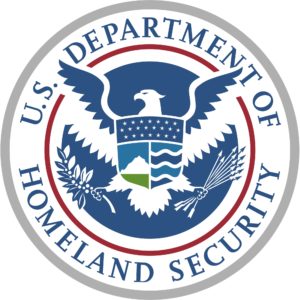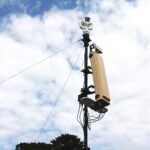
The Department of Homeland Security on Tuesday issued its first ever assessment of threats to the homeland, outlining seven categories but not prioritizing them. The first of seven sections in the Homeland Threat Assessment (HTA) discusses cyber threats and says Russia and China are the “most capable nation-state cyber adversaries” with Russia having “some of the most sophisticated cyber capabilities in the world” with the ability to “disrupt or damage U.S. critical infrastructure networks via cyber-attacks.” The report also says…

 By
By 











